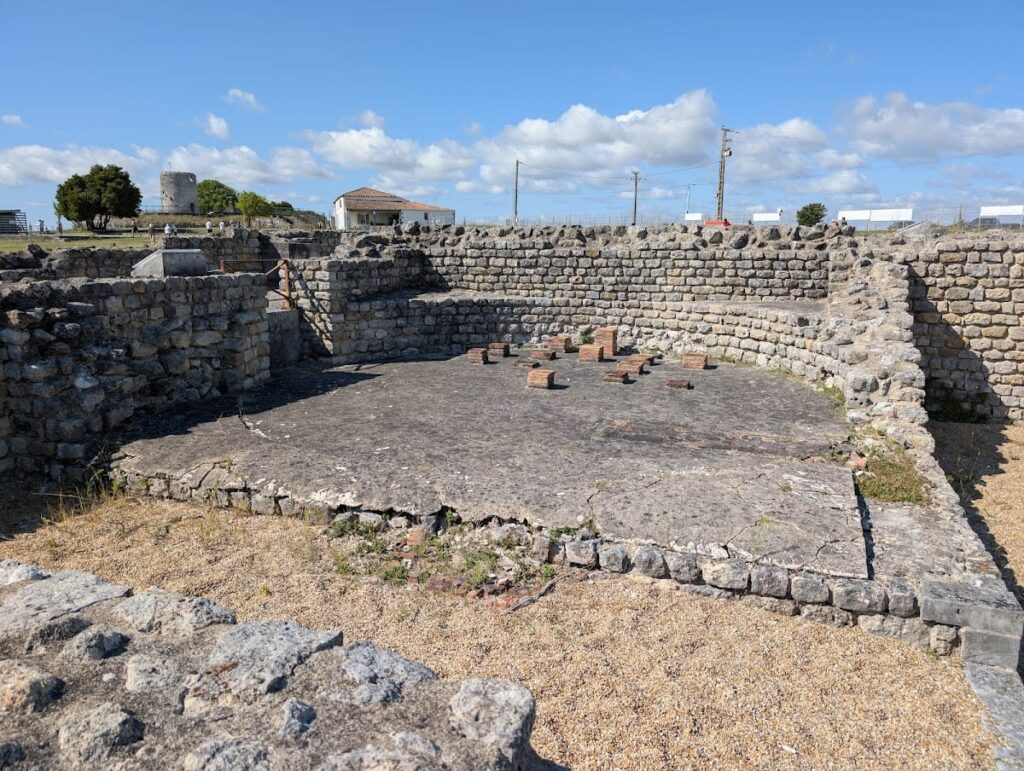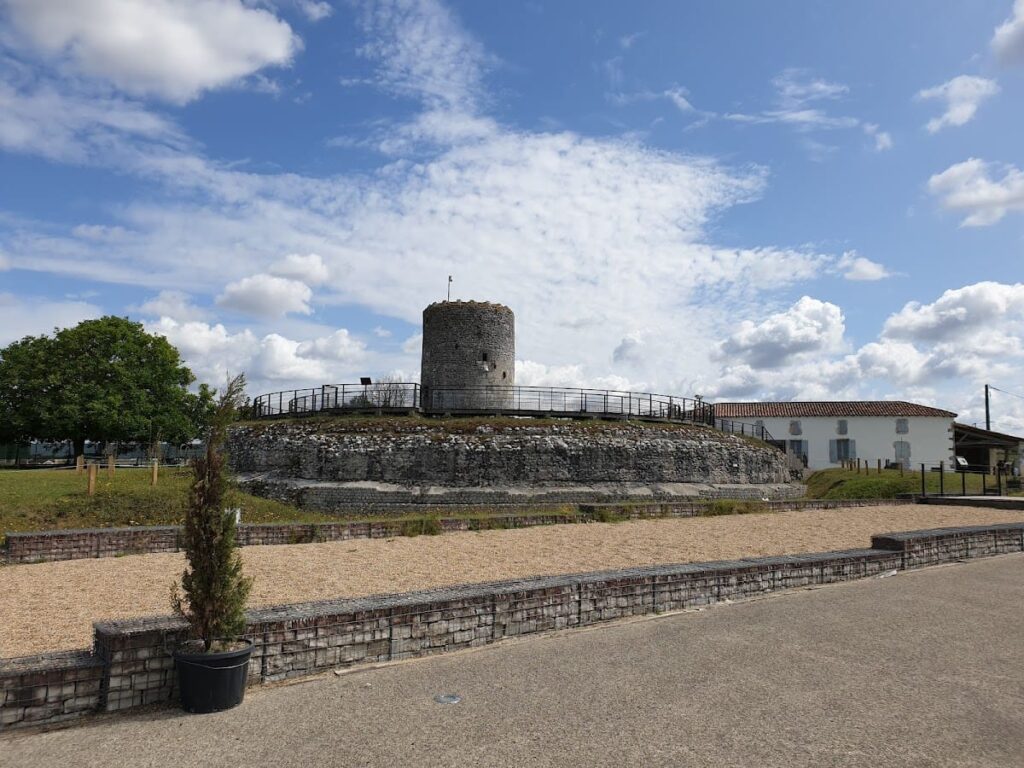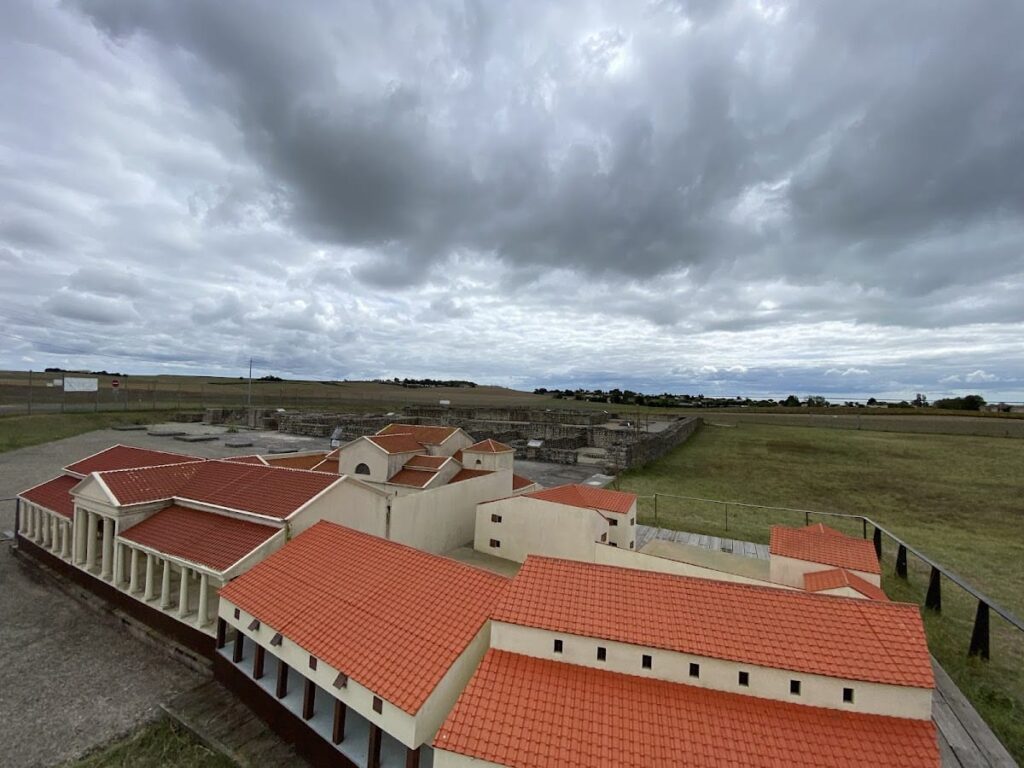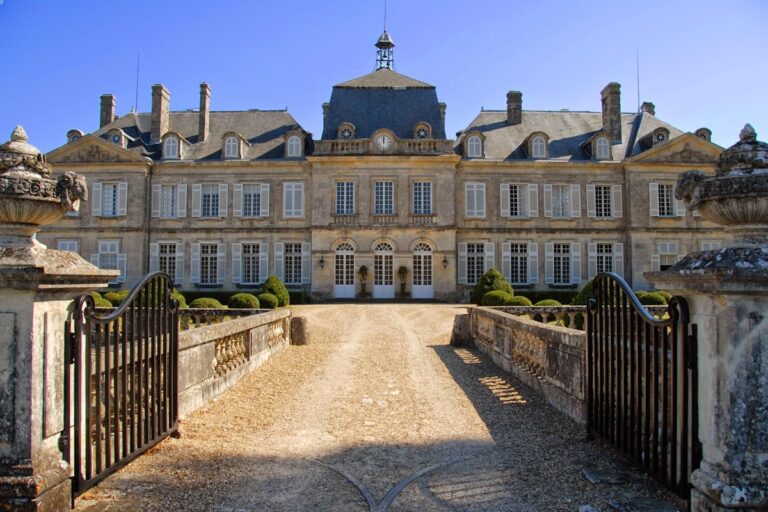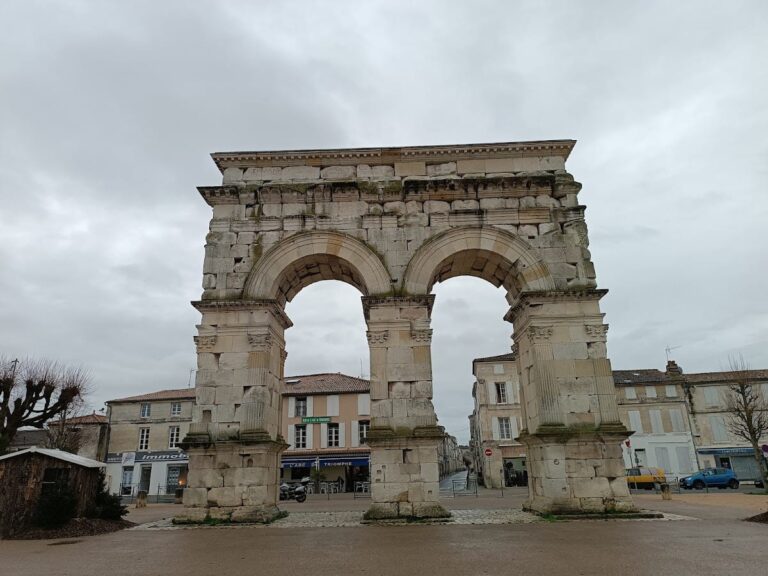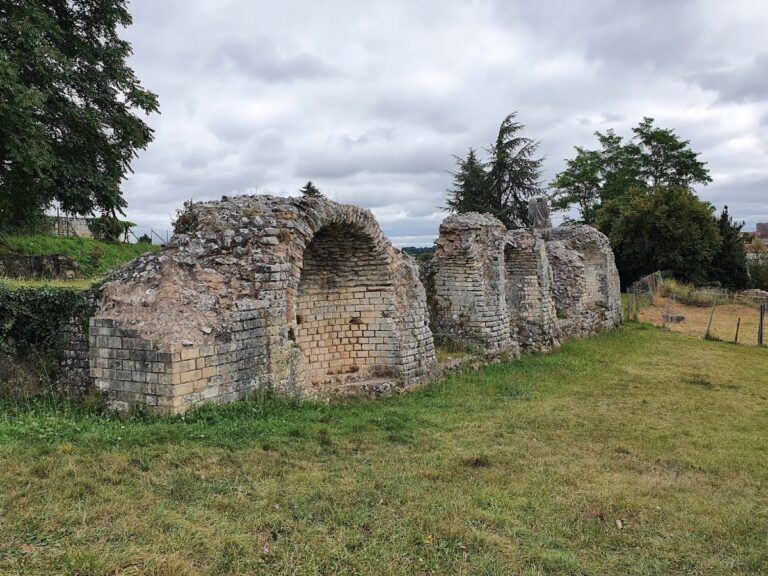Museum Gallo-Roman Site of Fa: An Ancient Gallo-Roman Port near Barzan, France
Visitor Information
Google Rating: 4.4
Popularity: Low
Google Maps: View on Google Maps
Official Website: www.fa-barzan.com
Country: France
Civilization: Roman
Remains: City
History
The Museum Gallo-Roman site of Fa is located near Barzan in the Charente-Maritime department of southwestern France. This site corresponds to the ancient port city likely known as Novioregum, a secondary urban center of the Santons, a Celtic tribe inhabiting the region before Roman conquest.
Human presence at the site dates back to the Neolithic period around 3500 BCE, with evidence of fortified settlements. During the Bronze Age, around 1800 BCE, bronze axes and other artifacts were deposited here, indicating continued occupation and activity. By the 7th century BCE, the Santons had established a monumental sanctuary, marking the site as a religious center well before Roman influence.
Roman forces conquered the area in 58 BCE. Under Roman rule, Novioregum grew into a significant city, especially flourishing in the 2nd century CE during the reign of the Antonine emperors. The city developed important public buildings, including a theater, forum, port facilities, warehouses, and expanded thermal baths. It served as a commercial port near the Gironde estuary and is recorded in the 3rd-century Antonine Itinerary as a stop on the road between Saintes and Bordeaux, about 35 kilometers from Saintes.
The city began to decline at the end of the 3rd century CE, likely due to the silting of its port, which reduced its commercial viability. By the 4th century, Novioregum was abandoned. In the Middle Ages, the site was quarried for building materials, and in the 16th century, a windmill was constructed on the podium of the former temple.
Interest in the site dates back to the 18th century when Claude Masse described its remains. Systematic archaeological excavations took place between 1921 and 1939, uncovering the temple, theater, aqueduct, and baths. Aerial surveys in 1975 revealed the extensive urban layout covering about 140 hectares. Since 1994, modern excavations led by the universities of Bordeaux and La Rochelle have uncovered temples, baths, warehouses, and the theater. The site is now managed by the municipality of Barzan and the ASSA Barzan association, with a museum opened in 2005 presenting recent discoveries.
Remains
The site reveals a large urban layout structured around a main east-west street, the decumanus, approximately 400 meters long and 10 meters wide. This street intersects with a north-south cardo maximus near the forum area known as “Le Trésor.” Along the main avenue, large public warehouses (horrea) measuring about 60 by 45 meters indicate significant storage capacity linked to port activities.
At the heart of the city stands a monumental circular Gallo-Roman temple dating to the 2nd century CE. It features a colonnade about 16 meters high surrounding a round inner chamber (cella) 20.8 meters in diameter and estimated to reach 35 meters in height. The temple podium includes a deep entrance porch with frontal columns. The temple precinct is enclosed by a rectangular wall measuring roughly 106 by 92 meters, with evidence of two successive enclosures, the later one being monumental.
Nearby, several other temples have been identified. These include a Celtic fanum with a square cella and surrounding wall (peribolos), a hexagonal Celtic temple, and a classical Roman rectangular podium temple without a peribolos. These structures reflect the religious diversity and architectural evolution at the site.
North of the temple lie the Roman thermal baths. They include a large rectangular well measuring 3 by 4.4 meters and 16 meters deep, equipped with a wooden lifting mechanism for drawing water. This feature is currently under study to understand the water supply system, especially since the nearby aqueduct lies at a lower altitude than the baths and temple.
The theater is located on the eastern slope of La Garde hill. It has a semicircular seating area (cavea) with a radius of at least 50 meters and stone seats supported by radial walls. The theater could accommodate around 5,000 spectators, making it comparable in size to major Gallic theaters such as those at Vienne and Orange.
An aqueduct located about 3 kilometers east at Chenac-Saint-Seurin-d’Uzet was partially excavated. Its lower altitude compared to the baths and temple raises questions about how water was supplied to the city.
Artifacts found at the site include Gallo-Roman statues, Corinthian capitals, coins, and a votive stele dedicated to Mars inscribed with “C[aius] Cæcilius Galeria Civilis Marti.” Ceramics of Gaulish and Hispanic origin dating back to the 5th century BCE and bronze tools from earlier periods have also been uncovered.
Many structures have been reburied after excavation to protect them. The museum on site displays artifacts, reconstructions, and a detailed scale model of the ancient city, preserving the memory of this once-thriving Gallo-Roman port settlement.


